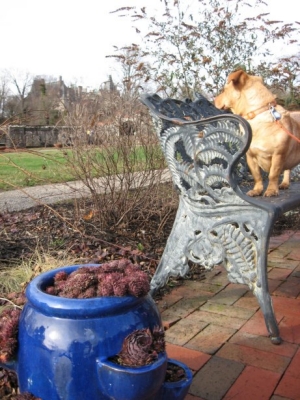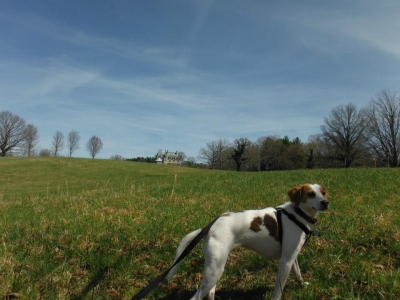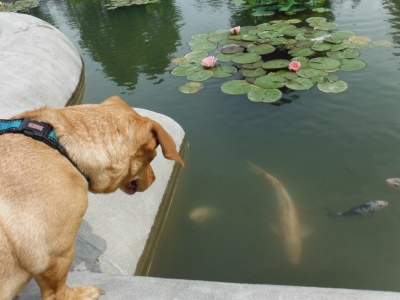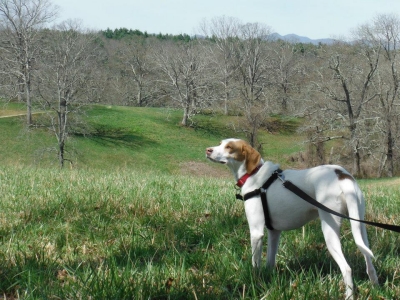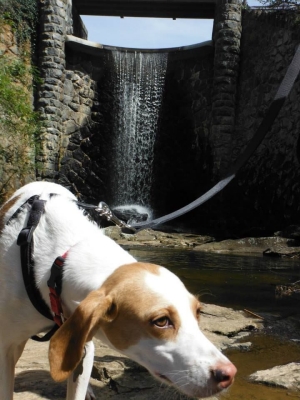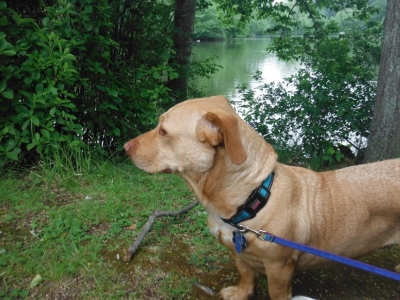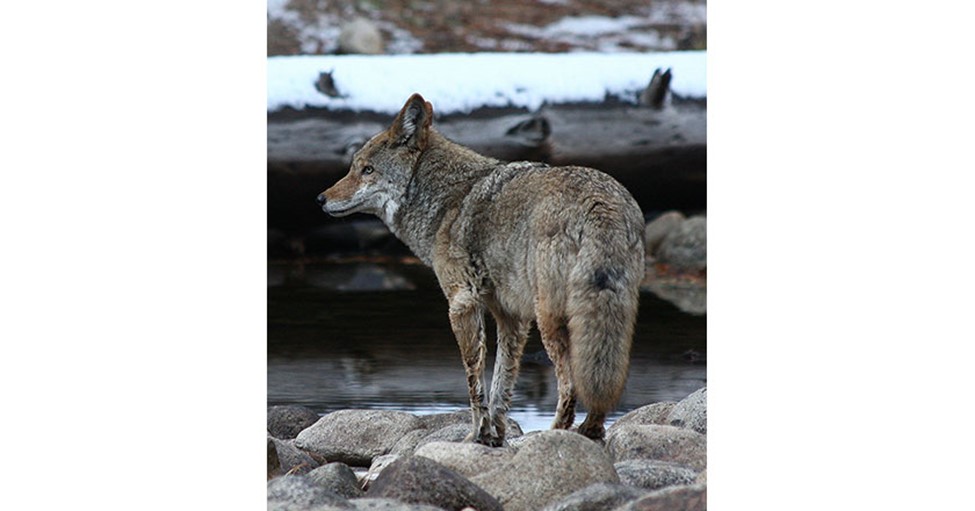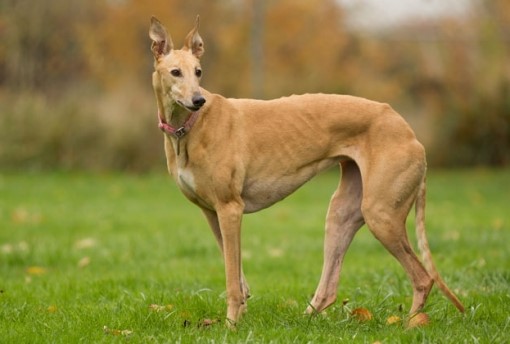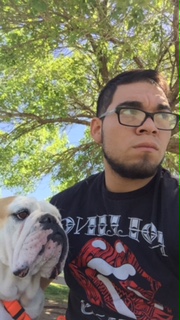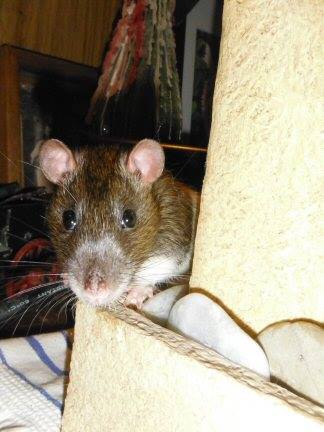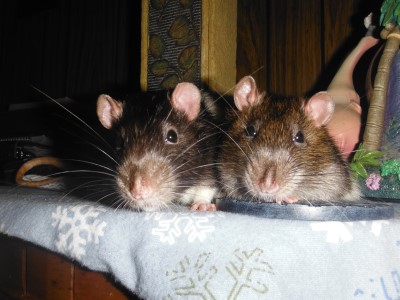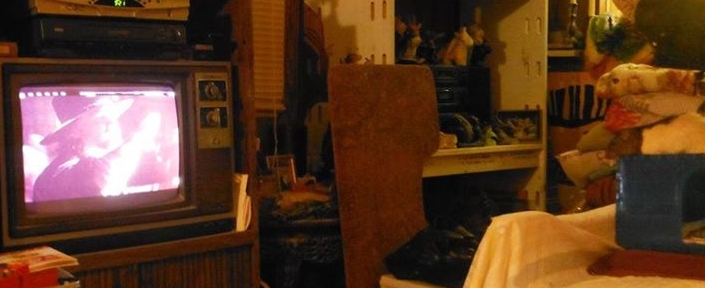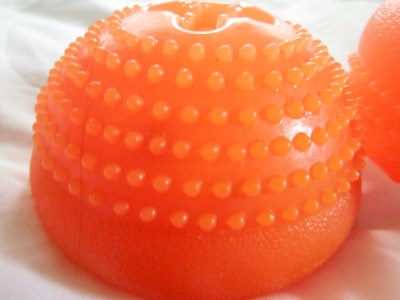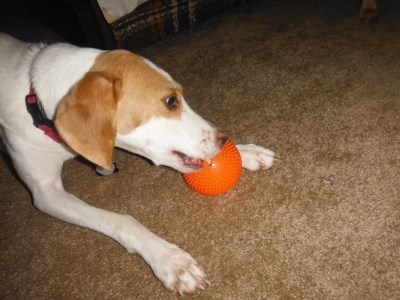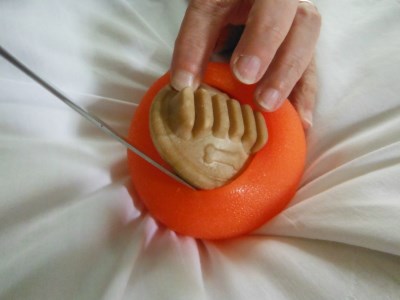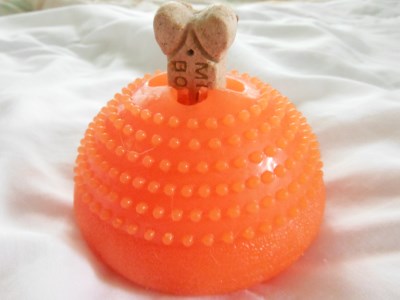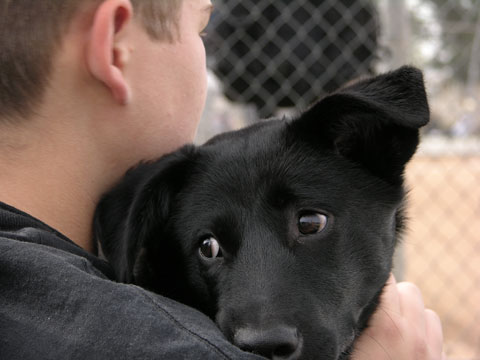Your Pet Space is a boarding facility that operates out of New Mexico, but we have visitors to this blog from all around the world, so I wanted to reach out to the East Coast readers who are unable to use our New Mexico facility and are looking for somewhere to take your pets for a day out. Say you want something beautiful in the mountains, something different from what you have experienced before. You’re not looking for simple trails, you want to have food, new experiences and a great view, all rolled into one. I have just the place for you.
What Is The Biltmore Estate?
It took six years for George Vanderbilt to build the 250-room French Renaissance chateau, but once it was completed, it was a masterpiece in every sense of the word. He took a location that had been practically emptied of trees by the surrounding settlers and put Frederick Law Olmsted (yes, the man who made Central Park) in charge of creating a new, natural landscape to complement his home. Between Olmstead’s work on the grounds and the stunning architecture of the buildings themselves, there is no place in the country like Biltmore Estate, America’s largest privately owned home, especially since you can bring your pets along.
Horses and Pets Are Welcome
Biltmore has always been famous for hospitality, a tradition that is being kept by Vanderbilt’s descendants to this day, but it isn’t just humans who are welcome on the grounds. Horse owners can bring their horses and use the riding trails while pets are welcome to explore the beautiful scenery on garden and hiking trails. There are some rules, of course. You must keep your pet on a leash at all times and only service animals are allowed in the house and in most buildings. Still, if you are going for the scenery, what better way to enjoy it than with your four legged friends?
My wife and I are year round pass holders, so we visit frequently, often taking others with us to tour the house or winery, so on the days when we feel like a picnic in the mountains, we usually pack up the dogs for a day trip. The journey is three hours long and we tend to leave very early in the morning in order to get the most out of our visit, but Sahara and Brinly never seem to mind. In fact, they typically hear us saying the word “Biltmore” and become very excited for the upcoming adventure.
Most visitors start their day with a tour of the house, but since it is off limits to pets, we generally drive past and park in the lot at the garden shop. You can ask an attendant if there are places available in the Dianna lot, which is within walking distance of the house, but most often it is simply easier to drive through. Here’s a helpful tip: If you want to drive PAST the parking attendants, turn your emergency blinkers on when you come to the parking areas, this means you do NOT wish to park and attendants will wave you through.
If you would like to walk around in front of the house first, or climb the hill to the Dianna Statue, the lot behind the Garden Center is a great place to park, as you only need to walk through the beautifully kept gardens to get to the front lawn and all the sights there. When we have guests with us who want to visit the estate, one of us will stay out on the lawn or wander the gardens with the dogs, while the other goes through the house with our friends. When this happens, our dogs are greeted by the staff as we wait at the door, and true to Vanderbilt’s tradition of hospitality, Brinly and Sahara have even been offered cookies on occasion.
If you are looking for something to eat, the stable area at the side of the house offers outdoor seating that serves not only the Ice Cream Parlor, but also the Courtyard Market and the Bake Shop. Here you can have a snack and wait for the rest of your party to join you, eat some lunch, or just relax with a drink or dessert before starting the rest of your day. There is also an outdoor café behind the Conservatory, in the garden area where we park.
We usually wander around the gardens first because we prefer to picnic in the large, open area beyond Biltmore House. Guests to the Estate are allowed to bring an outside picnic as long as it does not contain alcohol and as long as they picnic in appropriate places on the grounds. You can also order a picnic basket ahead of time from the Bakery, Conservatory Café, or Creamery.
Once you have finished eating, there is so much to see, it is almost overwhelming. I can guarantee that you will never get everything done in one day and highly recommend that you purchase a year round pass if you plan to make one or more return visits in the year. We are talking about taking day trips with our pets, after all, and there is simply no way you can see everything in one day on the Estate.
Around the house itself you and your pets can visit the South Terrace, the Italian Garden, the Shrub Garden, the Spring Garden, the Walled Garden, the Rose Garden, and the Azalea Garden. All of that includes many paths that split off to give you variety on your journey.
In the gardens we have seen all varieties of birds as well as some squirrels and rabbits. We even saw a beautiful black snake once, making its way through the bushes along the creek that runs through the Azalea Garden. Away from the gardens we have even seen beaver and ground hogs. Our dogs love this variety and are always stimulated by these new sights and smells, even though they are used to some of them from spending time in our yard at home.
Not all of the animals in the garden area are wild, though. Sahara always insists that we stop by the Italian Garden, nearest the house, and will pull and tug quite frantically if she thinks we are going to walk past it. Why? Up until recently we had goldfish in our house and true to her motherly nature, Sahara insisted on fussing over our fish. On her first visit to the Italian Garden, Sahara realized there were fish in the pond. Not little fish like ours, but giant beauties, perfectly suited to their magnificent setting. Since that day, we have always had to visit them.
If you are feeling up to a little bit more of a stroll, you can take one of the trails that leads to the Bass Pond and still get back to your car in reasonable time. The easy path is through the gardens. It is on a somewhat gentle slope and meanders through all varieties of life mentioned above. That way is paved and it is easy to get around. The colors are different in every season, but are especially stunning in spring, when all of the flowers are in bloom.
Those who are willing to take on a bit more of a challenge can take the Deer Park Trail, which begins just at the edge of the Shrub Garden and South Terrace, wanders along the open area by the house and takes you down the hill to the Bass Pond. Be prepared to go down a rather steep hill to get to the pond, but as is the case with walking through the gardens, the view along the way is gorgeous, especially in the fall, when the trees are in full color.
Once you get to the Bass Pond your exploration of the areas around Biltmore House is nearly complete. At the pond you can sit along the edges of the water to get a rest and take in the view. There are many who picnic here or who read a book before going on their way. We typically continue on to the waterfall, which is just beyond the pond. To get here you walk along a woodchip path, which is marked out. There is a little loop here, which follows a bamboo shaded creek and then turns back to the house again.
By the time we get here, the dogs are usually looking for a drink, and this is the perfect place for them to find refreshment. We usually decide to take our rest here instead of on one of the benches along the Pond, simply because it is remarkably peaceful, though it can be rather busy at times.
Some trails from the house reach all the way to other parts of the estate, but I only recommend those to avid hikers, as they can be steep and long. They are especially hard on Sahara, with her short legs and stocky build, but we do hike them on occasion. I think it is important to note here that they ask you to pick up after your animals at Biltmore. There are trash cans throughout the garden area, but once you are on the actual trails you are on your own, so bring bags that will hold up for the long journey!
If you choose to walk from the house to the Winery and Farmyard, follow the Deer Park Trail away from the House and Pond. This trail winds back and forth through fields and eventually gives you a view of the lagoon. Once the Deer Park Trail meets up with the Lagoon Trail on the French Broad River, the walk gets much easier and is paved, but it is QUITE the hike! Putting the two trails together makes about 3 miles of walking (one way) and is listed as a moderate hike. We have only walked from the house to the Lagoon once with Sahara. We had to make many resting stops along the way.
If you prefer to drive to the Winery and Farmyard, be prepared to be amazed. The winding roads are just as beautiful as the trails are, though you don’t get to see as much from inside the car. You will cross several other trails, including those for bikes and horses, so be on the lookout for those notifications.
The trails here form a web around the entire area and vary from flat and easy to steep and difficult, providing you with many hours of beauty to explore. The Inn at Biltmore Estate has its own trail, which links up with the others and wanders the grounds of the Inn. The Farm trails are all generally flat and easy, many are paved or follow gravel roads, and most of the six miles of walking space lies along the French Broad River. If you feel like long hikes that blend difficulty levels, you can take the Farm Trail to the Arbor Trace Trail, a path which progresses from easy to moderate to difficult and then loops around back on the same path. There is also the Westover Trail system, which wanders through both gentle and steep terrain while taking you in and out of the wooded areas of the estate. This trail system has three loops, an easy, a moderate and a difficult trail, which all intersect with each other at various points along the way. It is on these trails where we encountered an example of Biltmore’s continued dedication to being environmentally conscious and self sustainable, spotting a solar farm as we made our way.
All this walking will probably make you hungry and put you in need of some rest. No worries! Visitors to the Antler Hill Village, where the Farmyard and Winery are located, will find all kinds of shopping and eating experiences and children will love going in to the Farmyard and meeting some of the animals. If you are hungry when you arrive, the Smokehouse and the Creamery offer outdoor dining and there are plenty of places to sit around the green if you are interested in simply having a rest. At certain times of the year there is live music as well.
Even though their website clearly states that pets are not allowed in the buildings, we have found two exceptions. Once, while we were parked at the Gardens, we stopped in to the Gardener’s Place and were told that next time we came in we could bring our dogs, as they were welcomed there. On another visit, we were at the old Barn past Antler Hill Village, my wife went inside to shop, but was quickly sent back outside by the cashier and told to bring us in. Be aware that these are exceptions to the “no pets in the buildings” rule. If you are curious about your pet going to shop with you, ask before you enter. Though there are places to eat that provide outdoor seating, and some stores do welcome animals inside, not all have those allowances. We have never walked in to a building with our dogs without being invited.
A Favorite Doggie Day Trip
With all of the sights to see and the excellent hospitality, Biltmore Estate is one of our favorite Doggie Day Trip destinations. I have yet to experience a time when our Sahara and Brinly were reluctant to explore the grounds and they have yet to have the same experience twice. Here your pets can experience the beauty of the mountains and the hospitality of a family who keeps their private home open as an amazing historical landmark. At Biltmore pets can take in the quiet of the hills or the bustle of the barnyard. They can hike to their hearts content, or even visit with Cedric, the Vanderbilt’s favorite Saint Bernard, who is immortalized in the form of a bronze statue outside of the tavern that bears his name. This is one doggie day trip destination that cannot be missed.
Mirrani Houpe, our Small Animal Editor, has had rats since she took home her first little boy once they both completed the second grade. Since that time she has owned, rescued and bred many kinds of rats, from many backgrounds. She may not be a vet, psychology major, or scientist, but her babies have her very well trained when it comes to how to care for them. She is constantly working with her family’s veterinarian to come up with new and innovative ways to love and care for the most often misunderstood rodent in the pet world. You can e-mail her at mirrani@yourpetspace.info


